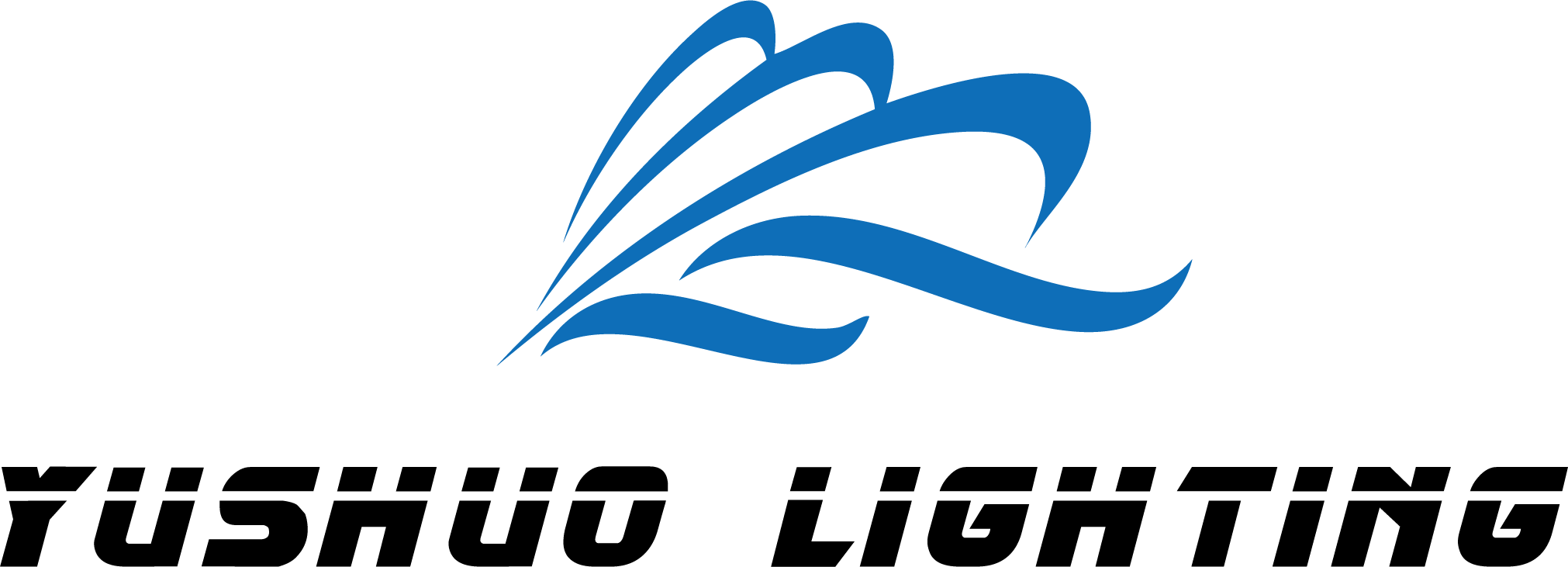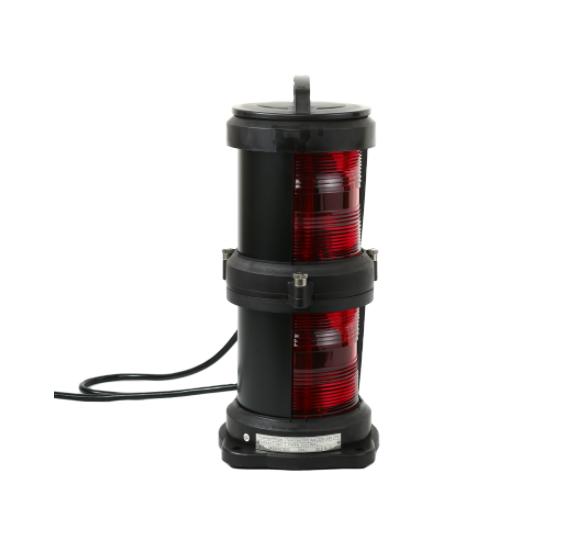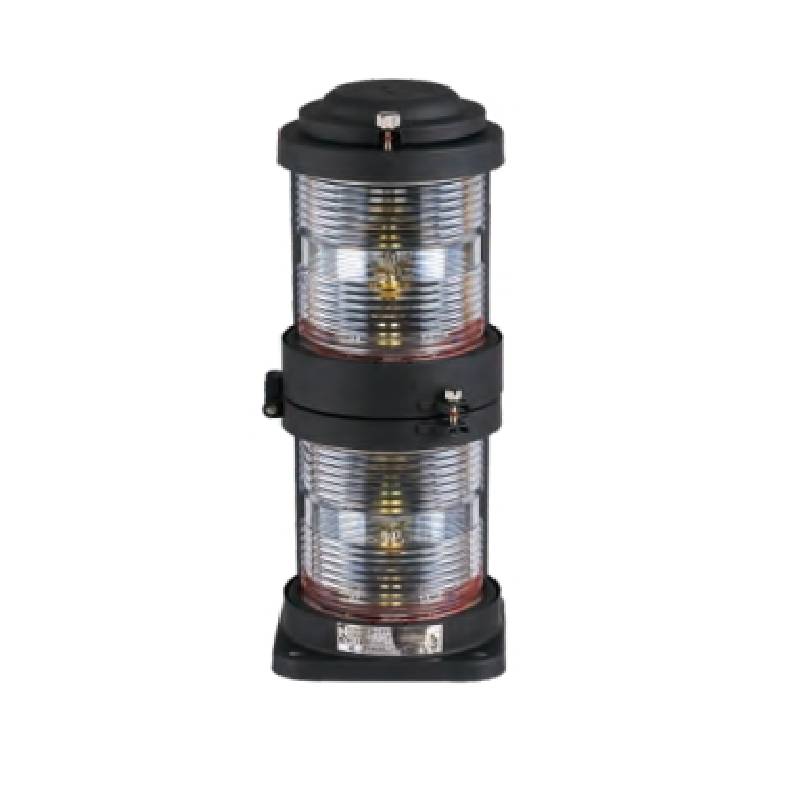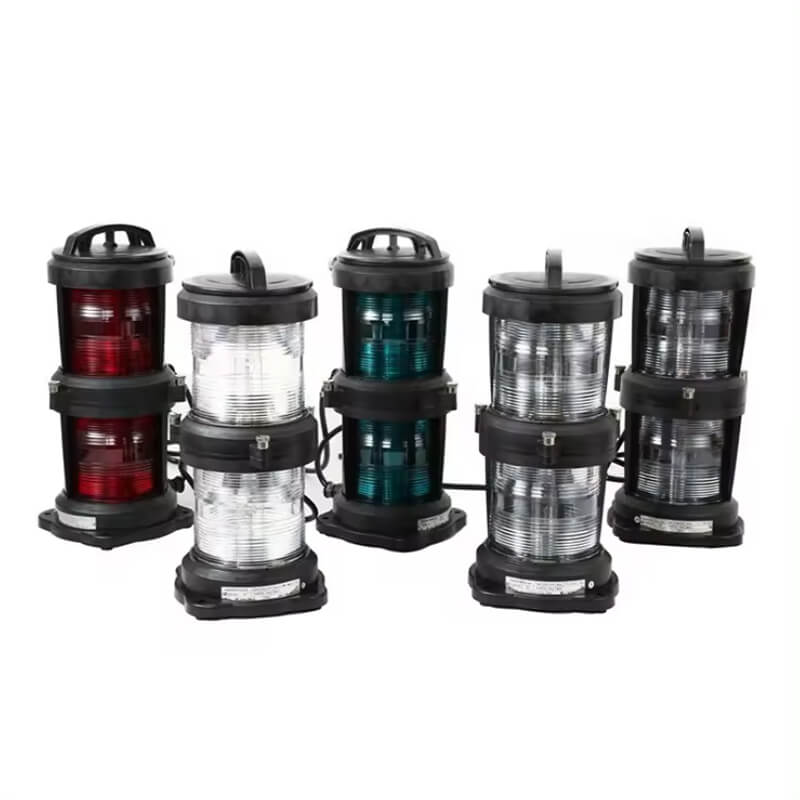How the Design of Double-deck Marine Navigation Lights Improve Visibility at Sea
Table of Contents
Among various innovations in marine lighting, the double-deck design stands out as a major improvement that significantly enhances visibility for vessels under a wide range of weather conditions. This article explores how double-deck marine navigation lights are designed to ensure maximum visibility and safety at sea.
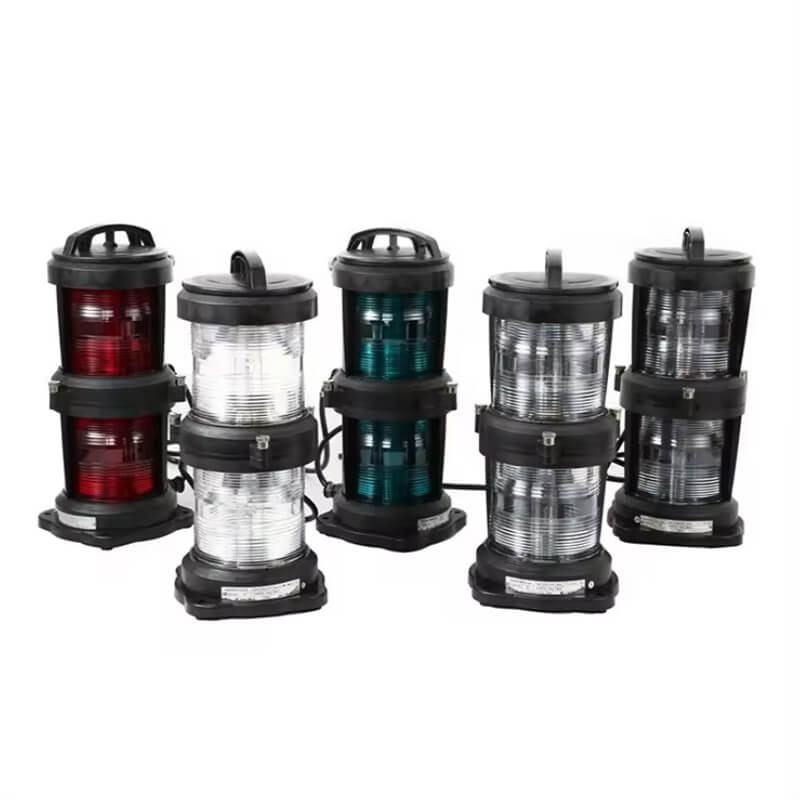
The Importance of Visibility for Vessels in Various Weather Conditions
This chart highlights why visibility is crucial for vessels, especially in varying and challenging weather conditions.
| Aspect | Description |
| Safety at Sea | Clear visibility reduces the risk of collisions with other vessels, obstacles, and shorelines. |
| Accurate Navigation | Good visibility ensures precise interpretation of marine signals, navigation aids, and landmarks. |
| Weather Variability | Fog, rain, storms, and snow can drastically reduce visibility, increasing the need for reliable lighting. |
| Preventing Accidents | High visibility helps vessels detect and avoid hazards in low-light or adverse weather conditions. |
| Communication Between Vessels | Marine navigation lights provide visual signals about a vessel’s position, direction, and size. |
| Compliance with Maritime Regulations | Clear visibility ensures vessels meet legal requirements for marine signaling and safety. |
| Efficiency in Maneuvering | Improved visibility aids in safe and efficient docking, anchoring, and close-quarter navigation. |
| Visibility in Poor Conditions | In fog, rain, or storms, visibility is critical for spotting nearby vessels, buoys, and landmasses. |
| Reliance on Navigation Lights | In low-visibility conditions, vessels depend heavily on the performance of navigation lights to remain visible to others. |
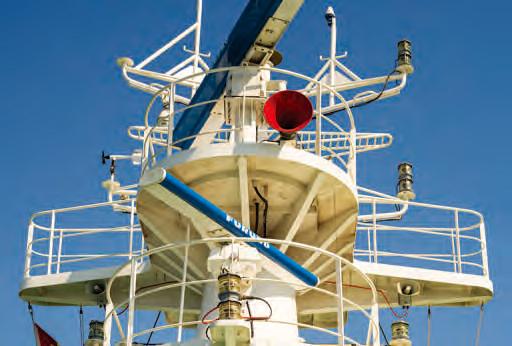
What are Double-deck Marine Navigation Lights
Double-deck marine navigation lights are lights used on vessels that feature two vertically stacked light sources to improve visibility and ensure safe navigation, especially in challenging weather conditions. This design allows the lights to be seen over greater distances and in harsh weather conditions like fog or storms. The dual-light setup also provides redundancy, ensuring that if one light fails, the other remains operational, enhancing safety at sea. These lights are typically color-coded to signal a vessel’s position and direction.
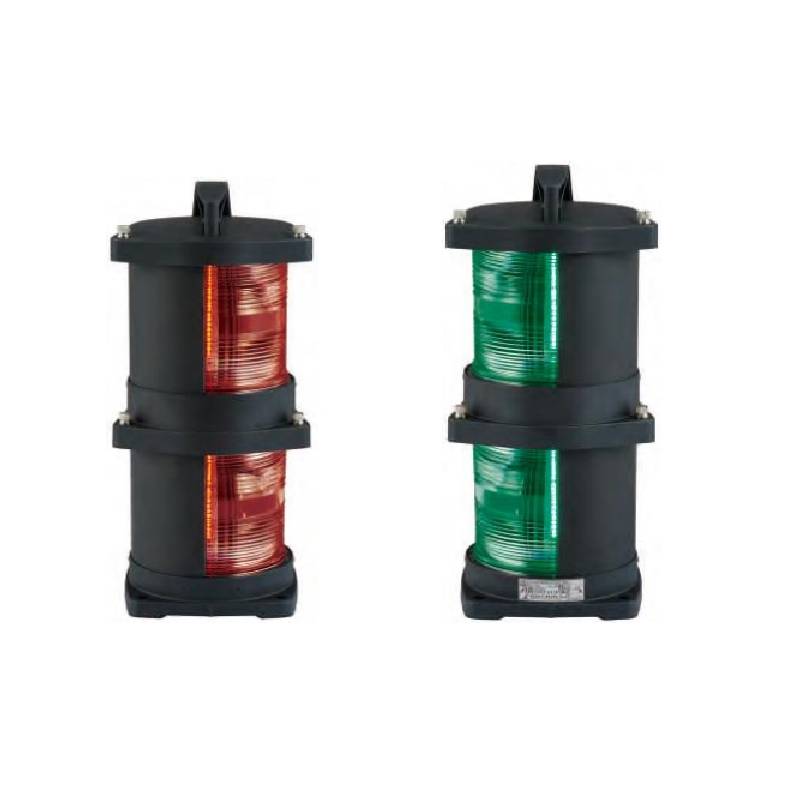
How the Design of Double-deck Marine Navigation Lights Contributes to Enhanced Visibility
1. Improved Height for a Greater Range of Visibility
The double-deck design of marine navigation lights involves stacking two separate light sources vertically. This setup improves the overall height of the lights, enabling them to be seen from a greater distance, especially on the horizon. In stormy or foggy conditions where visibility is compromised, the higher position of the upper light enhances the likelihood of detection by other vessels, thus preventing collisions and ensuring safe passage.
2. Enhanced Redundancy in Extreme Conditions
Weather conditions at sea can change rapidly, and it’s not uncommon for lights to malfunction due to water ingress, mechanical damage, or electrical failures. The double-deck design provides redundancy by incorporating two light sources, reducing the risk of complete light failure. Even if the lower deck light is compromised, the upper deck light continues to function, ensuring the vessel remains visible to others. This redundancy proves particularly useful in extreme weather such as storms and rough seas.
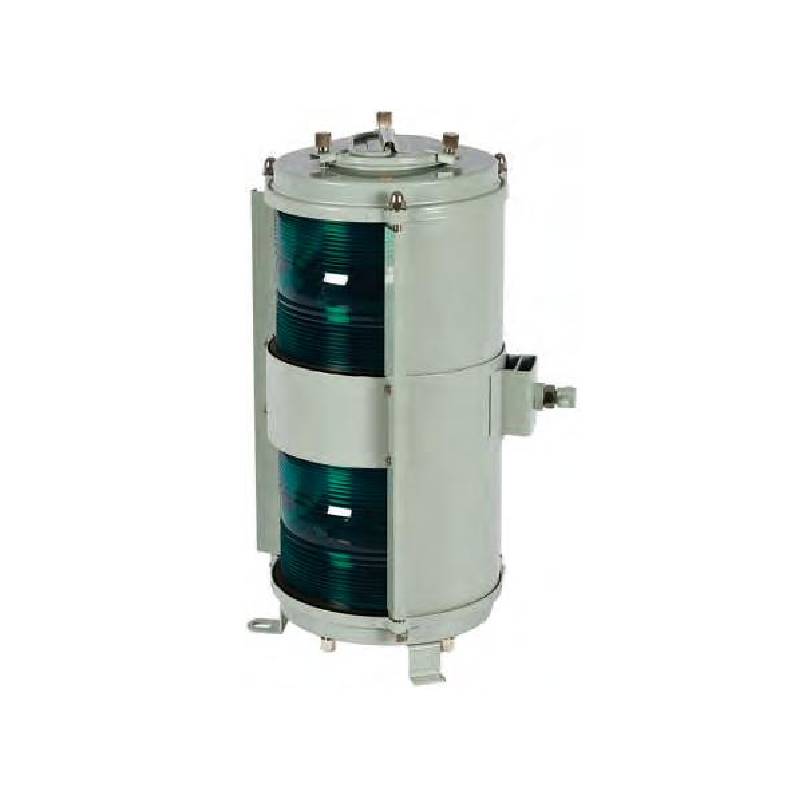
3. Better Light Dispersion for Increased Visibility
Another key advantage of double-deck marine navigation lights is their ability to improve light dispersion. By having two lights at different elevations, the beam spread covers a wider area, making the vessel more visible from various angles and distances. In heavy rain or fog, where light diffusion can be an issue, the spread provided by the double-deck configuration ensures the vessel can be seen clearly, regardless of the observer’s position relative to the ship.
4. Minimized Impact of Weather Obstructions
In challenging weather conditions, such as mist, rain, or snow, the lower sections of a vessel may become obscured by waves or water spray. With a traditional single-deck light, this could result in reduced visibility. However, the double-deck design ensures that the upper light remains above these obstructions, continuing to signal the vessel’s presence even when the lower light is blocked. This feature is critical in preventing accidents caused by temporary obstructions like large waves or intense downpours.
5. Improved Signal Differentiation
Marine navigation lights are color-coded (green for starboard, red for port, and white for stern and masthead) to help vessels identify each other’s position and direction. The double-deck design enhances signal differentiation by allowing for clearer and more distinct lighting signals. In turbulent weather, where movement is intense, the visibility of one light might fluctuate. Having a second light placed at a higher level ensures consistent signaling, making it easier for nearby vessels to interpret the navigation lights correctly.
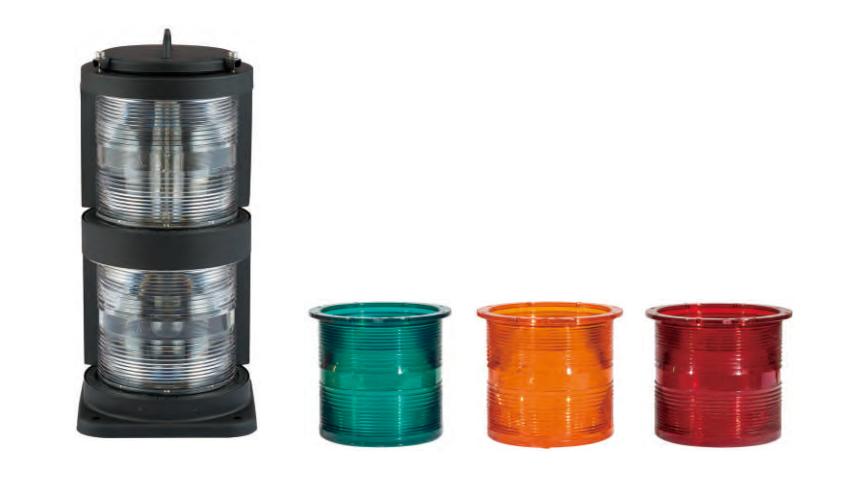
6. Increased Durability and Weather Resistance
Double-deck marine navigation lights are designed to withstand harsh marine environments. The materials used in their construction, such as corrosion-resistant metals and robust sealing mechanisms, ensure they function reliably even in saltwater, strong winds, and fluctuating temperatures. These lights often have IP67 or higher waterproof ratings, making them impervious to water ingress and ideal for enduring long-term exposure to the elements. Their increased durability means they maintain their function in prolonged severe weather conditions.
7. Energy Efficiency and Longer Operational Life
Many double-deck marine navigation lights utilize modern LED technology, which is both energy-efficient and long-lasting. This not only reduces energy consumption on the vessel but also ensures that the lights remain operational for extended periods without needing frequent replacements. LED double-deck navigation lights are also less affected by cold temperatures, which can be a challenge in certain marine environments, such as during winter or in polar regions.
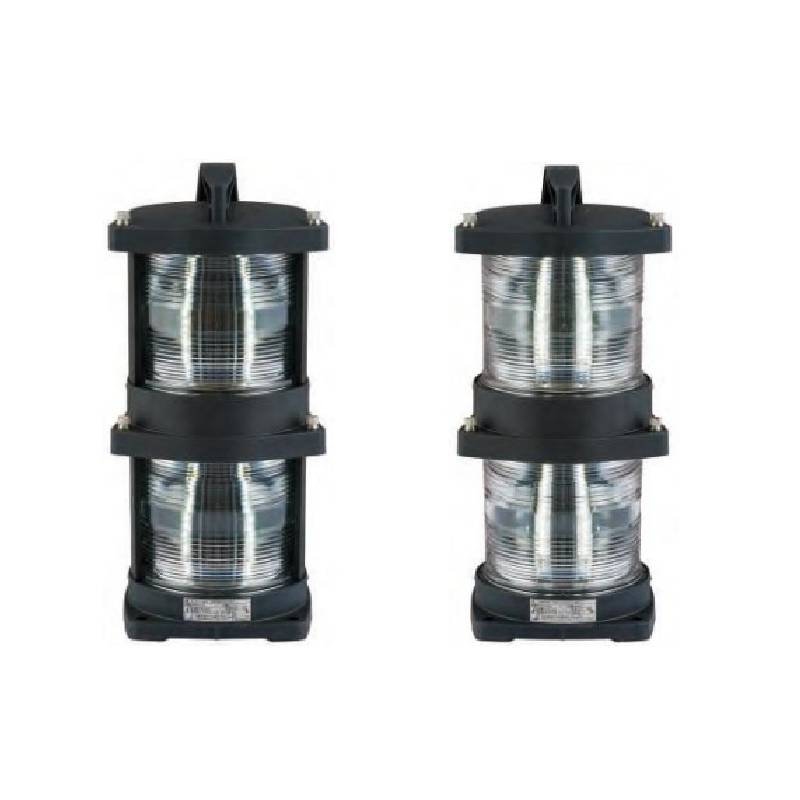
Overall, through enhancing the height, light dispersion, redundancy of marine lights, signal differentiation, durability and weather resistance, etc, the double-deck design of navigation lights ensure vessels remain visible in fog, storms, rain and other challenging environments. As weather patterns become increasingly unpredictable, the double-deck marine navigation lights offer an invaluable solution to maintain safety at sea.
